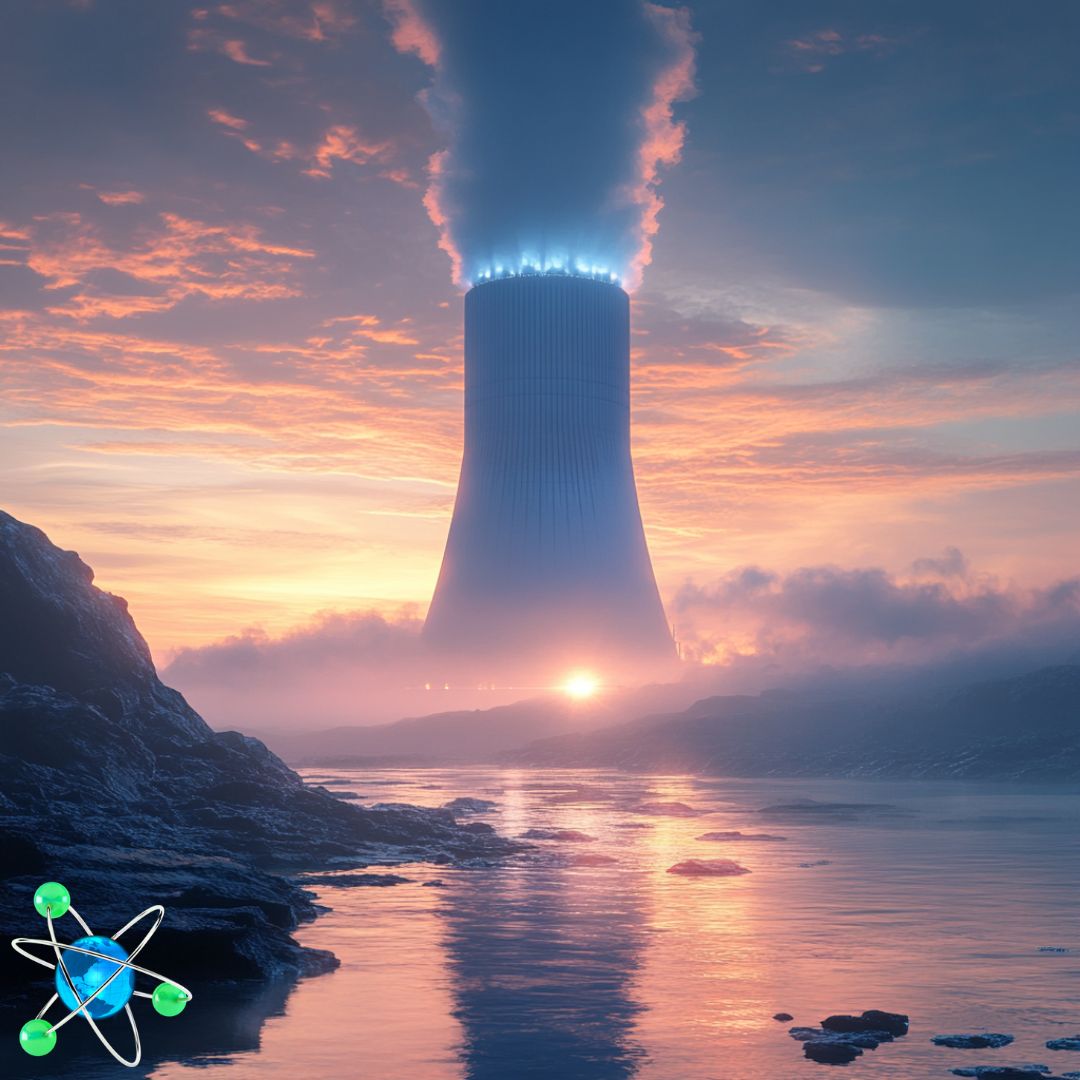
- Recommissioning Dormant Plants: The Biden administration is reviving decommissioned nuclear power plants, such as Michigan’s Palisades and Pennsylvania’s Three Mile Island, to meet growing clean energy demands and reduce carbon emissions.
- Focus on SMRs and Advanced Reactors: In addition to repowering old plants, the administration is prioritizing the development of Small Modular Reactors (SMRs) and next-generation nuclear reactors, with plans to deploy SMRs at U.S. Navy bases.
- Nuclear as a Climate Solution: Biden aims to triple U.S. nuclear power capacity, positioning it as a key player in the fight against climate change, while complementing other renewable energy sources like wind and solar.
The Biden administration’s decision to revive decommissioned nuclear power plants marks a pivotal moment in the United States’ quest to meet the soaring demand for clean, emissions-free electricity. With climate change posing an ever-growing threat and energy demand surging due to advancements in power-hungry technologies like artificial intelligence and cloud computing, this initiative is both timely and strategic. Spearheaded by White House climate adviser Ali Zaidi, the plan to recommission dormant nuclear reactors is part of a broader effort to expand the country’s nuclear energy capacity, a cornerstone of President Biden’s climate policy. Alongside other clean energy measures, the administration seeks to triple the nation’s nuclear power output, positioning it as a critical tool for reducing carbon emissions and boosting reliable energy production.
One of the key aspects of this initiative is the recommissioning of decommissioned nuclear reactors. Historically, several nuclear plants in the U.S. have been shut down due to various factors such as economic inefficiencies, regulatory pressures, or incidents like the Three Mile Island accident in 1979. However, in the face of the accelerating need for sustainable energy, the government is now looking to repower some of these facilities. Among the notable projects already underway is Holtec International’s effort to revive the Palisades nuclear plant in Michigan. The plant, which received a $1.52 billion loan from the Biden administration, is expected to be operational within two years. Meanwhile, Constellation Energy has partnered with Microsoft in an ambitious effort to resurrect a unit of the Three Mile Island nuclear plant in Pennsylvania, near the site of the worst nuclear accident in U.S. history. Constellation hopes to receive government support for this venture as well, signaling a possible trend of corporate-government collaborations in the nuclear sector.
Recommissioning these dormant reactors is just one element of Biden’s comprehensive nuclear strategy. Another key component is the development of Small Modular Reactors (SMRs), a newer form of nuclear technology that promises to revolutionize the industry. SMRs are significantly smaller than traditional reactors and are designed to be more flexible and easier to deploy. They can be used for a variety of applications, from providing energy to small communities to supplementing power grids in more remote or specialized settings. Notably, the U.S. Navy has expressed interest in deploying SMRs at several of its bases, indicating that the military sees these reactors as a feasible option for future energy needs. Ali Zaidi emphasized that SMR technology is not a distant possibility but one that companies are actively working to deploy within this decade, underscoring its potential for near-term implementation.
In addition to SMRs, the administration is pushing forward with next-generation advanced nuclear reactors. These reactors are designed to address some of the long-standing challenges of traditional nuclear power, such as safety concerns, waste management, and efficiency. While these advanced technologies are still under development, they represent a forward-looking approach to nuclear energy that could redefine how the world thinks about clean, reliable electricity. The focus on next-gen nuclear aligns with Biden’s broader goal of modernizing the U.S. energy sector, ensuring that it not only meets current demands but is also prepared for future challenges.
Biden’s strategy for expanding nuclear energy capacity comes at a critical time for the U.S. energy grid. As the country pushes for greater reliance on renewable energy sources like wind and solar, there are concerns about the intermittent nature of these resources. Nuclear power offers a dependable, always-on source of electricity that can complement the variability of renewables. The recommissioning of dormant nuclear plants, the deployment of SMRs, and the development of advanced reactors together form a cohesive plan to bolster the nation’s energy resilience. Nuclear power’s high energy density and low carbon emissions make it an essential part of the energy mix in a world that is increasingly focused on combating climate change.
While the administration is making notable strides in nuclear energy, other clean energy initiatives have encountered setbacks. For instance, Biden’s ambitious plan to install 30 gigawatts of offshore wind capacity by the end of the decade has faced challenges, including high costs, equipment issues, and supply chain disruptions. Some offshore wind projects have even been put on hold due to a lack of demand from companies, as seen in the suspended lease sales in Oregon and the Gulf of Mexico. Nevertheless, Zaidi remains optimistic about the future of offshore wind, stating that at least half of the 30 GW goal is already under construction. He believes that the early setbacks offer valuable lessons for future projects, particularly in terms of developing a robust domestic supply chain and addressing financial hurdles.
In conclusion, the Biden administration’s focus on nuclear energy—through the recommissioning of dormant plants, the development of SMRs, and the push for advanced reactors—reflects a pragmatic and forward-thinking approach to meeting the country’s growing energy needs while addressing the global climate crisis. Nuclear power, with its potential for reliable, large-scale, emissions-free energy production, is uniquely positioned to play a crucial role in the U.S. energy landscape. By reinvigorating nuclear power, the administration is not only investing in a cleaner future but also ensuring that the U.S. has the energy infrastructure needed to remain competitive in an increasingly electrified and technology-driven world.

0 Comments